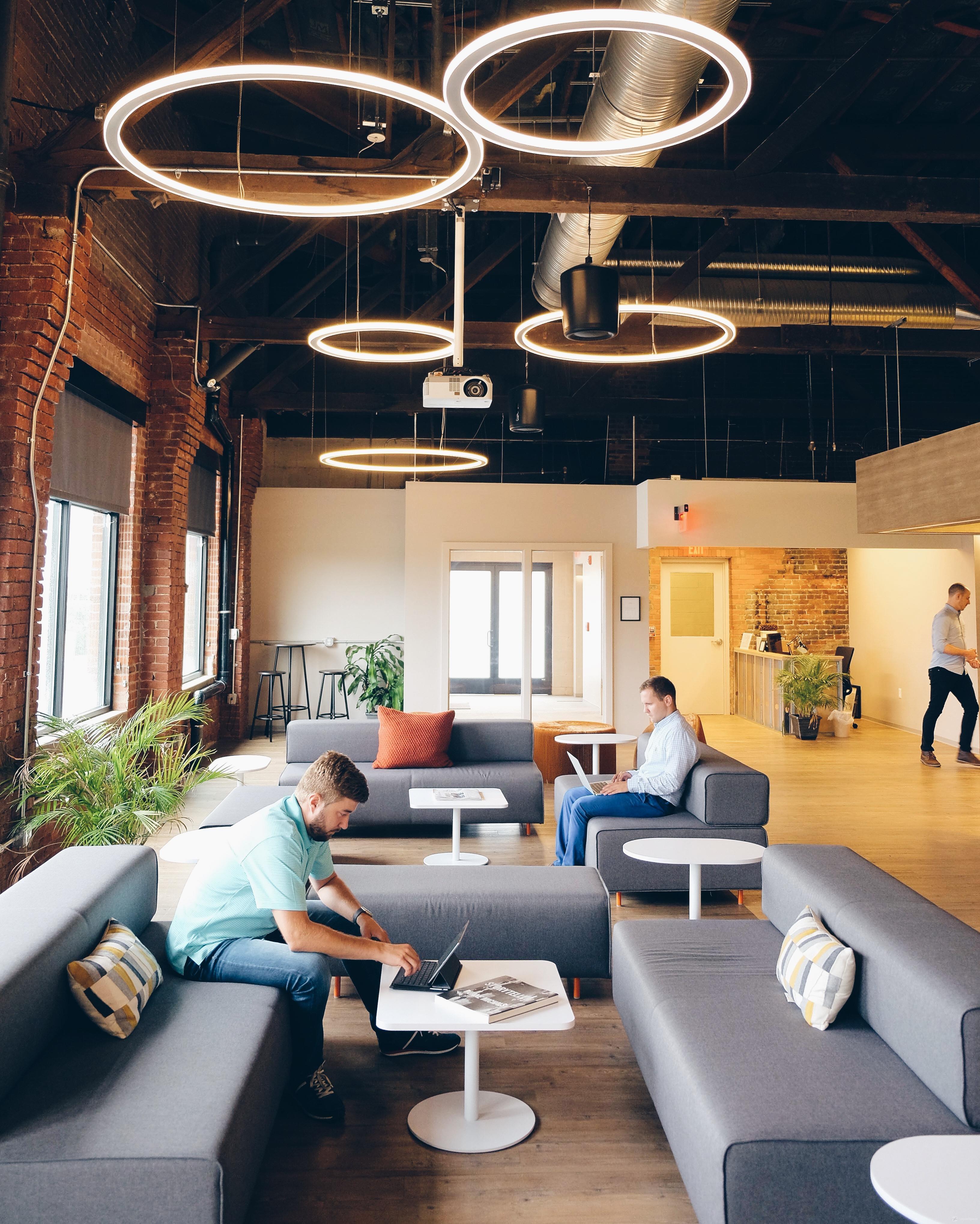
Prioritizing mental health in the workplace
The future of work has arrived. Here’s how to make it work for you.
World Mental Health Day comes once a year, but the roller coaster ride we’ve been on these past two and half years has made total employee wellbeing one of the most pressing issues corporate leaders face in the post-pandemic work world. After all, healthier workers are happier, more present, and more productive — vital components to any company’s bottom line. At the same time, untreated mental health conditions cost companies billions of dollars every year in absenteeism and lost productivity.
Wellness support is an oft-neglected issue and there’s a great deal of work to be done. Executives may have successfully navigated the pandemic, but they’re still seeing all time highs of burnout and turnover in their employees. With 81% of workers reporting that they’ve experienced mental health issues due to the coronavirus pandemic, mental health has become a top-of-mind concern on both a human and business level.
HR leaders, in particular, are on the frontlines. They’re the ones employees turn to for help when facing mental and emotional stress, anxiety and burnout. In acknowledgement of World Mental Health Day, we’re examining best practices HR executives (and others) can leverage to help their co-workers and team members cope during times of anxiety and overwhelm.
Spoiler alert: Leading with empathy and flexibility are key to creating a psychologically healthy workforce where employees feel safe, respected and healthy.
The importance of empathy
The post-pandemic remote work landscape is changing much about how we work. Rather than continuing to push themselves beyond sustainable levels of activity, employees are increasingly approaching work from a more well-rounded point of view and using their work hours more efficiently. They’ve learned to spot the signs for emotional exhaustion, depression and other key mental health markers and proactively address them.
Employers have a role to play, as well. Even before the pandemic, mental health in the workplace was a growing concern. When adding COVID-19 to the mix, the challenge has soared to unprecedented highs. Routine check-ins and validation of what employees are feeling are two key ways managers can engage and support subordinates and team members during these difficult and anxious times. Showing vulnerability themselves is another way leaders can make a difference; it encourages individuals to open up and helps to reduce the stigma around mental health concerns that many companies face. Four out of five workers with a mental health condition say shame and stigma have prevented them from seeking care, and many workers never get the help they need. Workplace policies can help to foster employee wellness. Instituting mandated breaks, offering company-wide support training, and even adding mental health to your organization’s health insurance policy are all proactive steps companies can take to signal that they’re serious about the mental welfare of their workforce.
The importance of workplace choice
Where does flexibility fit into the mix? A flexible workplace culture may be predicated on trust, but it’s rooted in pragmatism. “Flex friendly” is tailor made for our new normal. Lives are complex, challenges and concerns, unique, and providing greater workplace choice and flexible scheduling gives employees the freedom to choose the schedule and workplace setting that work best for their particular circumstances.
If overall wellness is the driver for offering employees greater flexibility, logic is riding shotgun. Case in point: Are you a morning person or a night owl? The answer will invariably help to determine your most productive time of day. True workplace choice enables individuals to capitalize on their most productive time periods. It enables them to use their chronotypes — a person’s natural inclination with regards to time of day — to perform high value work at peak performance times while consigning the inevitable dips in energy level everyone experiences to less mentally vigorous tasks.
Not only will employees appreciate the added flexibility and likely be more productive, they’ll also be more loyal. 57% of employees say they feel more loyal and productive and take less time off work if their employer proactively supported workforce mental health.
The importance of being productive
For anyone looking for a natural pick-me-up, productivity is hard to beat. Greater productivity leads to a sense of satisfaction and accomplishment in both our work and in our lives.
Getting there amidst the fog of stress and anxiety can be a challenge. The key is not to overdo it by pushing yourself beyond our capacity and triggering those unhealthy stress hormones. Instead, encouraging employees to make daily goals that they can achieve, taking regular breaks to refresh their brain, shortening meetings by trying to schedule them for 30 minutes, shortening (or eliminating) commutes – these are all ways of increasing feelings of accomplishment and impact and otherwise reinforcing workforce wellness when employees are “on the clock.” Any combination of these best practices can help to stem the effects of burnout or that other scourge of the new hybrid workplace – impostor syndrome.
These are indeed challenging times for corporate leaders and it’s not as if you’ve taken the past two and half years lying down. You’ve successfully responded to the emerging new normal by hiring remote and hybrid workers. You’ve instituted protocols for managing teams working in ways they never have before. You’ve been both adaptable and resilient in handling wave after wave of change. Mental health concerns aren’t a new topic, but finding ways to provide support employees impacted by a pandemic with a seemingly limitless supply of variants may be your biggest challenge yet.
For employers around the globe, World Mental Health Day should be a reminder that now, more than ever, mental health is one of the world’s most pressing public health issues – it’s also a top workforce concern for the business world.
More needs to be done to make mental health care a reality for employees. Preventing burnout is a human issue and it’s a business issue. Healthier employees are more present, productive and invested which benefits your overall business. Maybe that’s why 93% of employers agree that the companies that stay in business through the pandemic will be the ones that actively support mental health.
Flexibility and empathy are two great ways to start.
Ready to continue your journey?
There are two great ways to do it.
Ready to continue your journey?
There are two great ways to do it.






